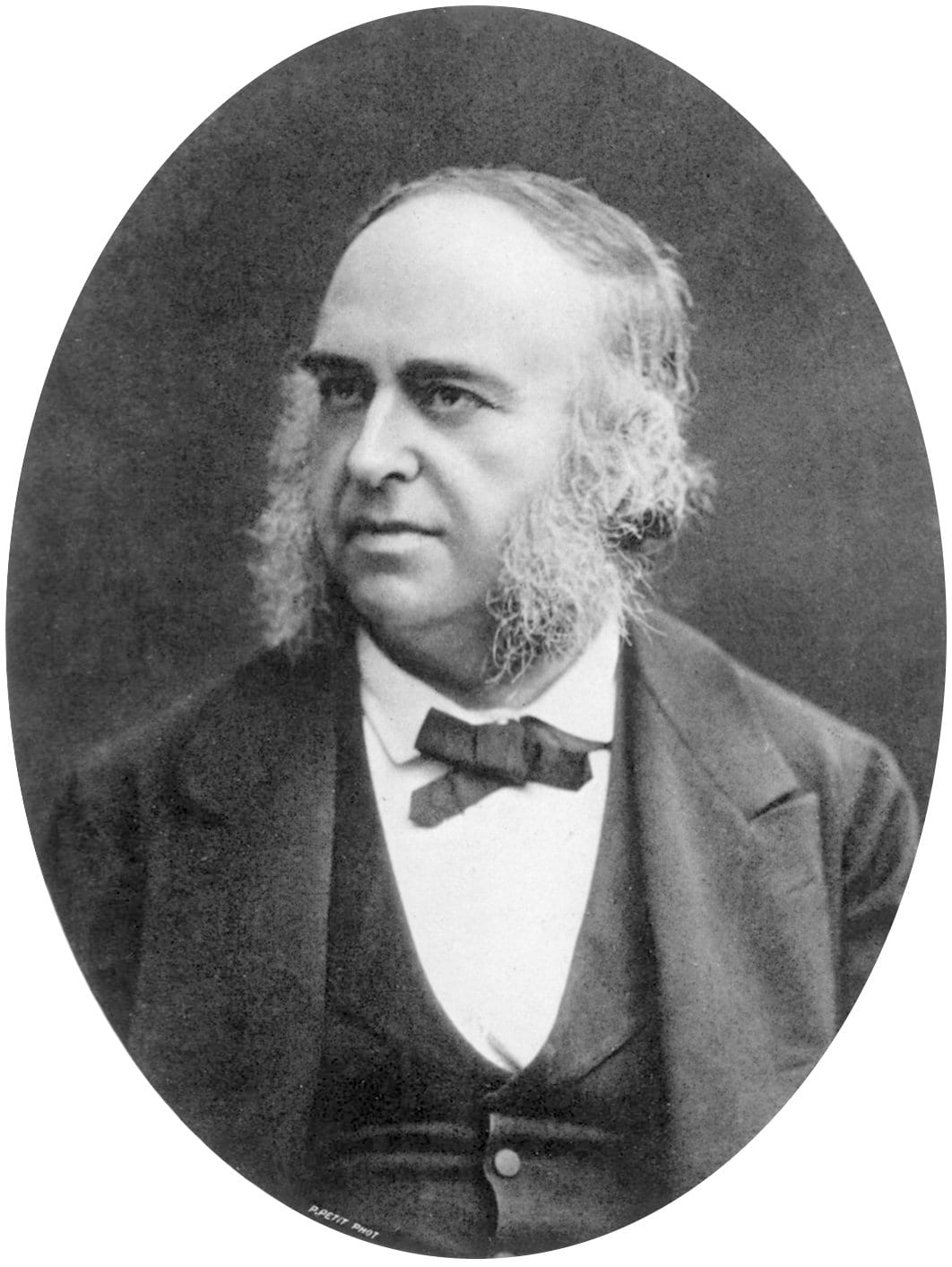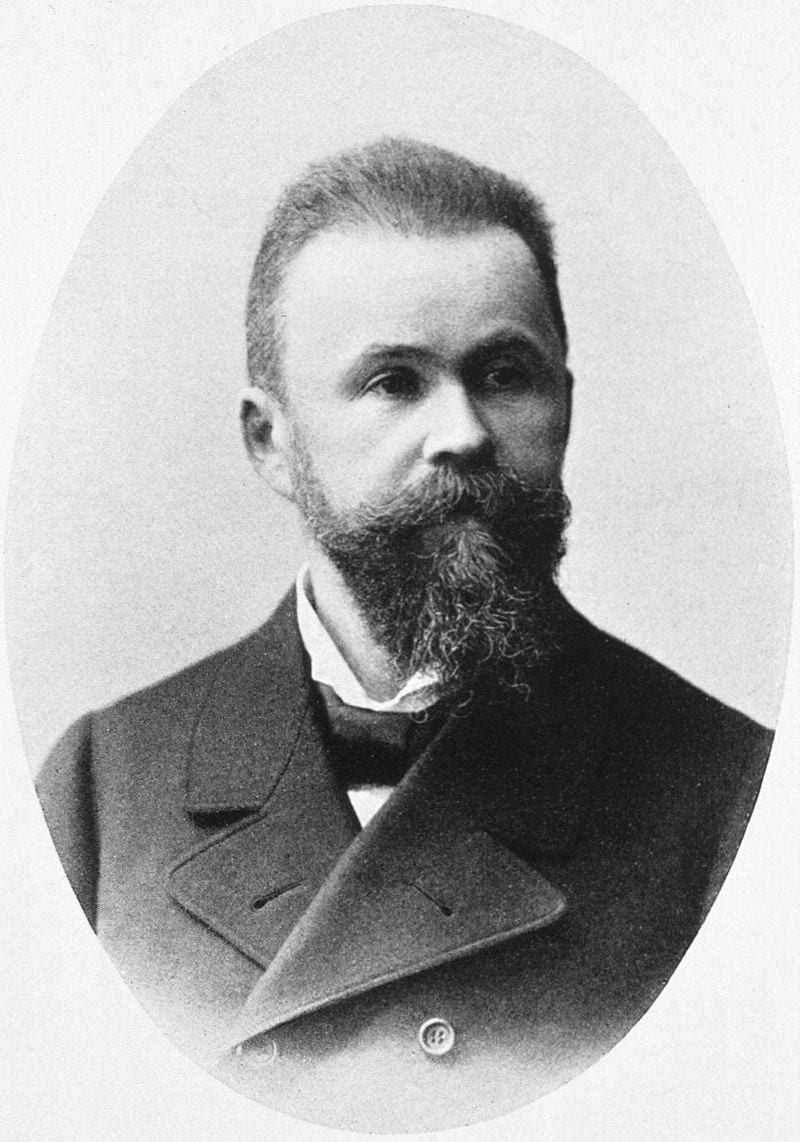I have recurring nightmares where I can't speak. The dream situation changes – I'm in an argument and can't defend myself or I'm up on a stage and suddenly can't say my lines – but when I open my mouth nothing comes out.
The terror of this dream comes from how important language is to our lives. You may remember learning how to read, but no one remembers learning how to speak. Babies generally say their first words around a year or so, but they start recognizing human speech long before that. Infants just barely a day old are able to tell the difference between foreign speech and speech in their parent's native tongue.
Humans must be taught how to speak, but we do have an innate ability to learn language. The structure of the brain is evidence of this. In most people, the same areas of the brain are responsible for the ability to use language. This indicates that there is a strong biological and genetic basis for human language – the same as how the similarity of human faces and bodies are due to our shared genes.

But unlike the mechanical pumping of a heart, it's very difficult to observe brains in action. They are a literal black box – we take in information via our senses and then generate words and actions in response, but figuring out how the brain does this is a very tricky problem. One important tool is considering what happens in the brain when things go wrong.
Imagine you had a computer, and the only way you could tell what different parts of it did was by breaking those parts and then seeing what the result was. You smash the mouse and so you can't move the cursor on the screen – now you know that the mouse controls the cursor! The earliest scientists who investigated the psychology of language used this method to figure out how brains work.
To get at the basis of language in the brain, scientists study patients who have aphasia, a general term for language impairment caused by brain damage. Approximately one million people in the United State live with aphasia, often a result of damage from a stroke, tumor, or traumatic head injury. But importantly, aphasia comes in many different forms, and each gives hints about the way the brain processes and generates language.

In the 1860s, French surgeon and anthropologist Paul Broca began to study aphasia patients with a certain set of symptoms, which eventually came to be known as Broca's aphasia. These patients spoke very haltingly and had limited vocabularies. They struggled to generate speech and especially struggled with grammar, using mostly concrete nouns to describe things. But despite their difficulties speaking, they were able to understand other people fairly well, though they often had trouble with complex grammatical structures.
After the deaths of his patients, Broca performed autopsies and found they all had injuries in the same area of their brains on the left side, now known as Broca's area. Evidence from patients with damage in this area suggests that it is responsible for the production and structure of speech. The patients know what they want to say, but have trouble getting it out.
The other side of language is the meaning of words. Soon after Paul Broca's work, German neurologist Carl Wernicke described a different kind of aphasia that had a distinctly separate set of symptoms. Patients with Wernicke's aphasia can speak quickly and smoothly, much like any healthy person. The catch is that what they say usually doesn't make any sense – the content is nonsensical and words mispronounced. They also have trouble understanding what other people say, and sometimes aren't aware that they are not speaking clearly.

Similarly as with Broca's patients, Wernicke found that all of his patients had damage to a particular part of their brain. Wernicke's area is distinct from Broca's area, but it is also on the left hemisphere. Damage in this region of the brain prevents patients from comprehending the language of others or giving meaning to their own speech, though they are able to verbally produce it quite well.
So Broca's area controls the production of language, and Wernicke's area controls the meaning. Wernicke predicted the existence of another kind of aphasia resulting from damage to the connection between these two areas. He predicted that patients with damage to this region would be able to understand language and produce it fairly well, but they would have trouble choosing the correct word with the meaning they want. And indeed, conduction aphasia exists and is associated with damage to the connection between Wernicke's and Broca's areas.
Psychology and neuroscience have come a long way since Broca and Wernicke were working in the late 1800s, and scientists now have powerful tools like fMRI to observe the brain's functioning in real time. Though these two brain areas play a very important role in the ability to use language, the actual story is much more complicated. To begin with, there is not a perfect correlation between the damaged area and aphasia symptoms, which shows that language processing is both more complex than outlined here and that there is a degree of individual variation in brain structures. Aphasia can also improve over time with treatment, showing that the brain can readjust language processing around damaged areas.

And despite all the pop psychology you've read on the internet, the right brain hemisphere has important functions for language too. In fact, in a very small number of people people the major language processing centers are located totally in the right hemisphere instead of the left. That's a dramatic example, but experiments during brain surgery show there are many areas of the brain that are critical for language in one way or another.

Language is just one example of the amazing complexities of the human mind. Most of us can effortlessly produce and understand complicated speech and writing – you're likely reading this right now without a second thought – but the actual biological basis comes from an elaborate network that we don't fully understand. The human brain might be the most fascinating three pounds of matter on earth.
Sources:
Purves, Dale et al. “The Neural Bases of Language.” Principles of Cognitive Neuroscience. 1st Sunderland, MA: Sinauer Associates, 2008. 533-51. Print.
Kemmerer, David L. “Classic Aphasia Syndromes.” Cognitive Neuroscience of Language. 1st ed. New York, NY: Psychology Press, 2014. 71-92. Print.
About the Author
 Katie Pieper is a PhD student in the Department of Genetics at the UGA. She studies the molecular evolution of sex chromosomes in fruit flies. In her free time, she enjoys baking delicious desserts and winning at trivia contests. She is also the head tweeter for the Athens Science Café official Twitter account @AthSciCafe. Get in touch with Katie at @kpeeps111or kpieper@uga.edu. More from Katie Pieper. Katie Pieper is a PhD student in the Department of Genetics at the UGA. She studies the molecular evolution of sex chromosomes in fruit flies. In her free time, she enjoys baking delicious desserts and winning at trivia contests. She is also the head tweeter for the Athens Science Café official Twitter account @AthSciCafe. Get in touch with Katie at @kpeeps111or kpieper@uga.edu. More from Katie Pieper. |
About the Author
-
athenssciencecafehttps://athensscienceobserver.com/author/athenssciencecafe/April 17, 2020
-
athenssciencecafehttps://athensscienceobserver.com/author/athenssciencecafe/April 12, 2020
-
athenssciencecafehttps://athensscienceobserver.com/author/athenssciencecafe/April 3, 2020
-
athenssciencecafehttps://athensscienceobserver.com/author/athenssciencecafe/March 30, 2020







